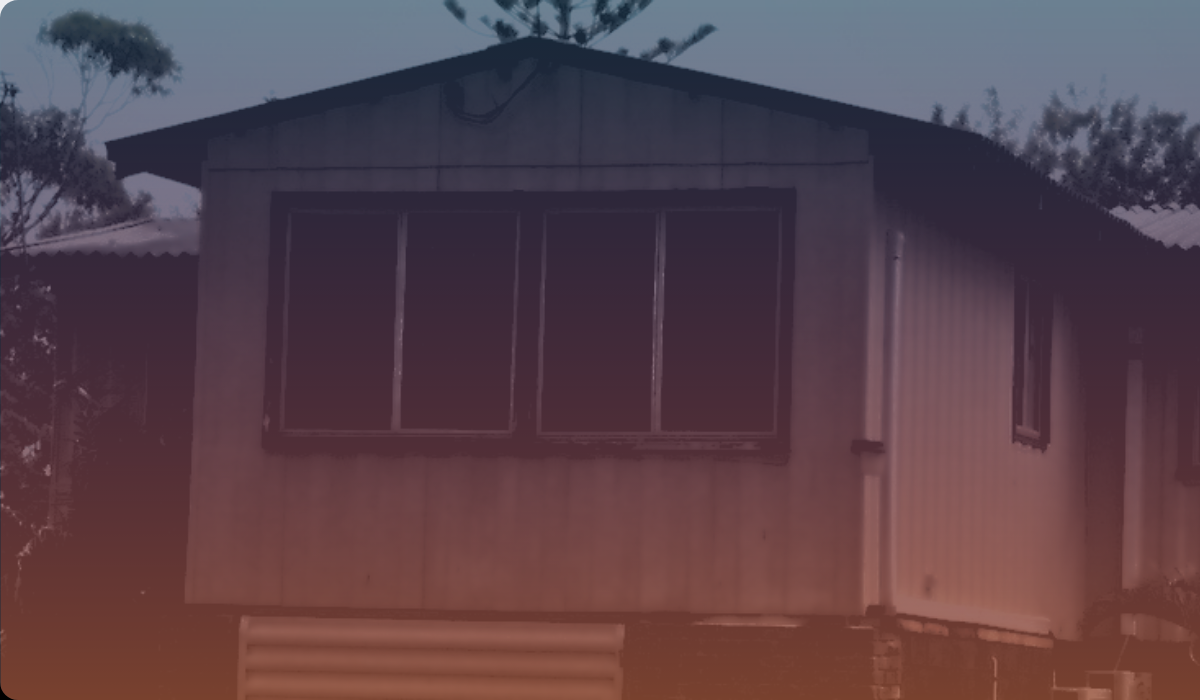It is important to accurately identify the presence of asbestos materials so that precautions can be taken to avoid disturbing or damaging them until they can be safely removed by a licensed asbestos professional. Asbestos can only be disposed of at a facility licensed to accept asbestos waste.
Asbestos identification
Preventing exposure to harmful asbestos fibres begins with the accurate identification of the presence, location and condition of asbestos containing materials. However, most people cannot tell if a material contains asbestos just by looking at it. Only scientific testing of a sample by a NATA accredited laboratory can confirm the presence of asbestos.
Conducting an asbestos survey is a specialised task that requires training and experience. Some occupational hygienists, asbestos assessors, hazardous materials consultants, environmental health professionals and building surveyors may be competent to conduct asbestos surveys if they have the additional training and experience in identifying and sampling asbestos containing materials.
The National Guide for Asbestos Surveys aims to provide a robust and standardised process for conducting asbestos surveys in buildings and structures across Australia, so that effective actions can be taken to prevent exposure to airborne asbestos fibres.
It also provides guidance for those who commission asbestos surveys (property owners or managers) on how to prepare for a survey and how to use the information from this process to manage asbestos exposure risks.
Asbestos removal
Like plumbing and electrical work, asbestos removal is a job best left to the experts. A licensed asbestos removalist has the training and equipment needed for the safe handling, removal and disposal of asbestos. They are also comprehensively insured to cover any incidents arising from work involving asbestos.
There are two classes of licensed asbestos removalist:
- Class A: authorised to remove all types of asbestos materials.
- Class B: authorised to remove only non-friable asbestos materials.
When you hire a person to remove asbestos for you, ask them for information on their license, their insurances and how they will carry out the work to protect you and your family from exposure to asbestos fibres.
A licensed asbestos removalist will usually include the cost of lawfully disposing the asbestos waste with the cost of removal.
Licensed asbestos removalists are listed on your Work Health and Safety Regulator’s website (WorkSafe or SafeWork in your state or territory).
Asbestos disposal
Asbestos waste can only be disposed of at a licensed facility. There are big penalties for the illegal disposal of asbestos, which includes placing it in a domestic rubbish bin, waste skip or dumping it in the bush. There are also rules about wrapping, labelling and transporting the asbestos waste.
Always call or contact your local disposal facility prior to transporting any asbestos waste.
Many facilities will only accept and handle asbestos waste at certain times in order to maximise landfill efficiency and minimise health risks. Most facilities also have procedures (for example, asbestos waste wrapping requirements) that must be followed to ensure asbestos waste is accepted by the facility.
Search for disposal facilities | Asbestos and Silica Safety and Eradication Agency
Local government are at the front line when it comes to eliminating or minimising the risks associated with illegal asbestos disposal and are one of the first places the community will turn to for help.
Guidance has been developed to assist councils prevent illegal asbestos disposal, based on best practice examples of what councils are already doing.


